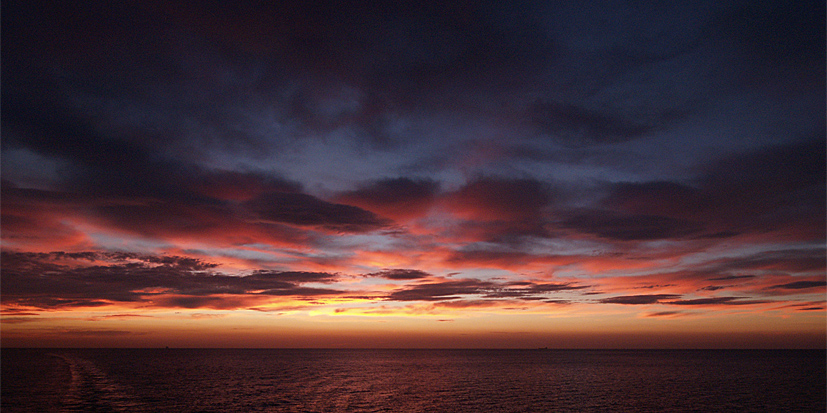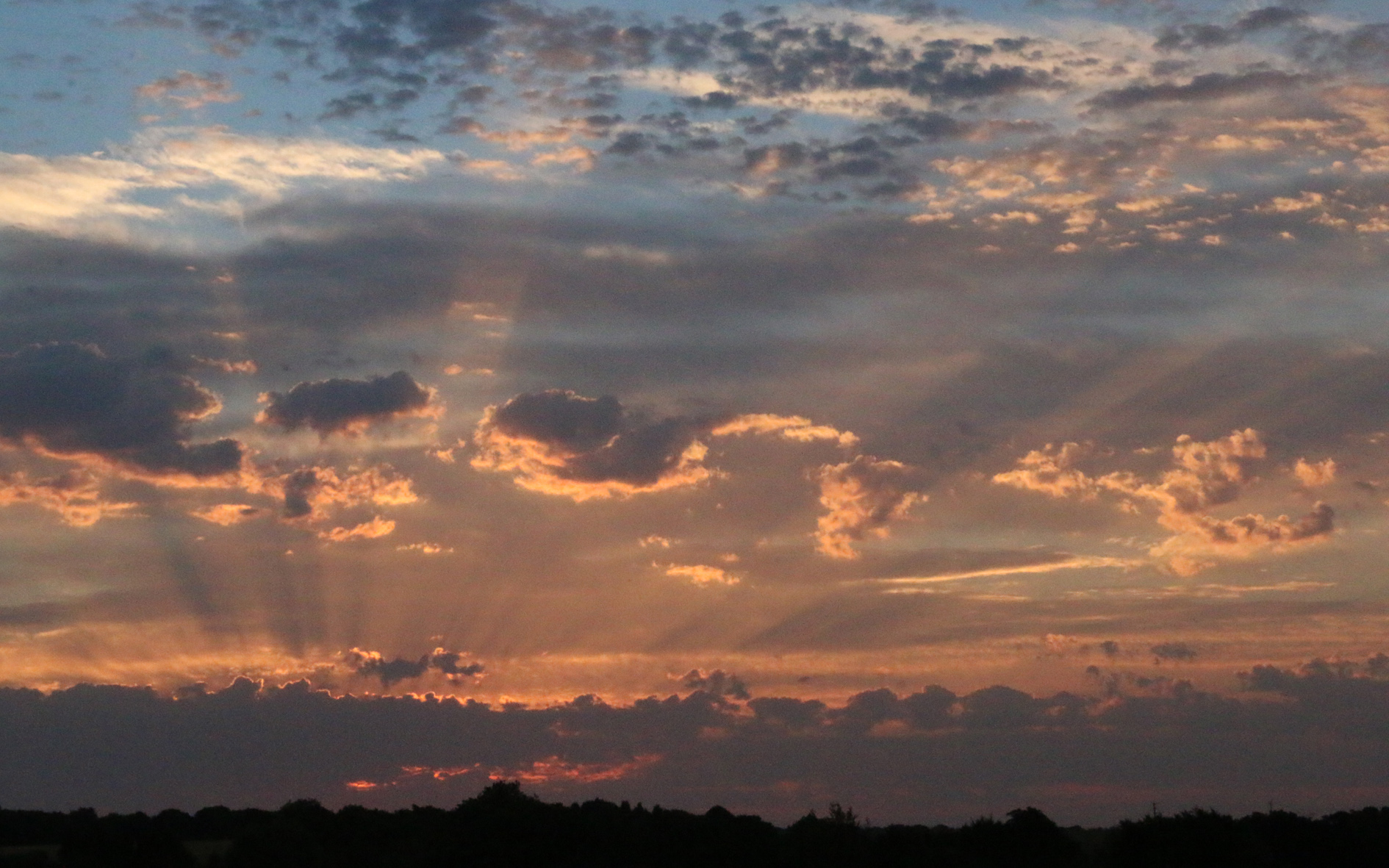Where our weather comes from.
Due to the geographical position of the United Kingdom our weather can arrive from polar or tropical areas of the world, from a land mass or extensive surface water. We experience winds from all quarters of the compass and from each direction differing weather can arrive.
Decide what you would like to record.
A wealth of data is available from the most expensive equipment, which can be overwhelming. Suggestions on where you might start include records from simple maximum / minimum daily temperatures and rainfall to eventually such areas as humidity and sunshine.
Measuring Temperature.
These are the first and simplest elements to record for which there are numerous thermometers available from the simplest mercury or alcohol filled glass tubes to advanced electronic units.
Measuring Precipitation.
Rainfall is another obvious element to observe and record. Methods of capture vary from homemade plastic cones or tubes to professional standard copper gauges.
Measuring Wind Direction and Speed.
We are very aware of the affects of wind speed but not necessarily from where it originates. The direction from which it comes can be measured with a simple homemade weather vane and compass but accurate data on wind speeds need a calibrated, manufactured unit.
Measuring Barometric Pressure.
Simile barometers of varying style, size and shape can be found in most homes. However, monitoring current barometric pressure and the trend of increasing or decreasing pressure is a vital part of understanding current and future weather.
Other Weather Elements that can be Measured.
Much more advanced and expensive equipment is available for the enthusiast to record other interesting weather related data. These can include sunshine, ultra-violet radiation, humidity, evaporation, solar power and wind chill. Those with an interest in gardening might like to invest in specific thermometers to measure soil temperatures at differing depths.
Where to purchase an instrument.
There is a range of suppliers so an indication as to where a purchase might be made is included.
Placement of your weather instruments.
To ensure accurate data is recorded guidance on placement outdoors is essential. Positioning under shade from trees or cover of buildings to a Stevenson Screen is discussed.
Methods of recording.
Initially a simple method of recording, necessitating little time will suffice. However, ideas on other more complex methods to record data will be indicated and where to record your data before you become overwhelmed with numbers.
Analysis of data and its presentation.
As the hobby develops it is possible that greater interest will result in the desire for detailed analysis of much data and its presentation. I include a look at what can be done without specialist software.
Visual Observations.
There are elements of our weather that are not measureable with an instrument but nevertheless are important to observe and record. Suggested meteorological phenomena are illustrated.


